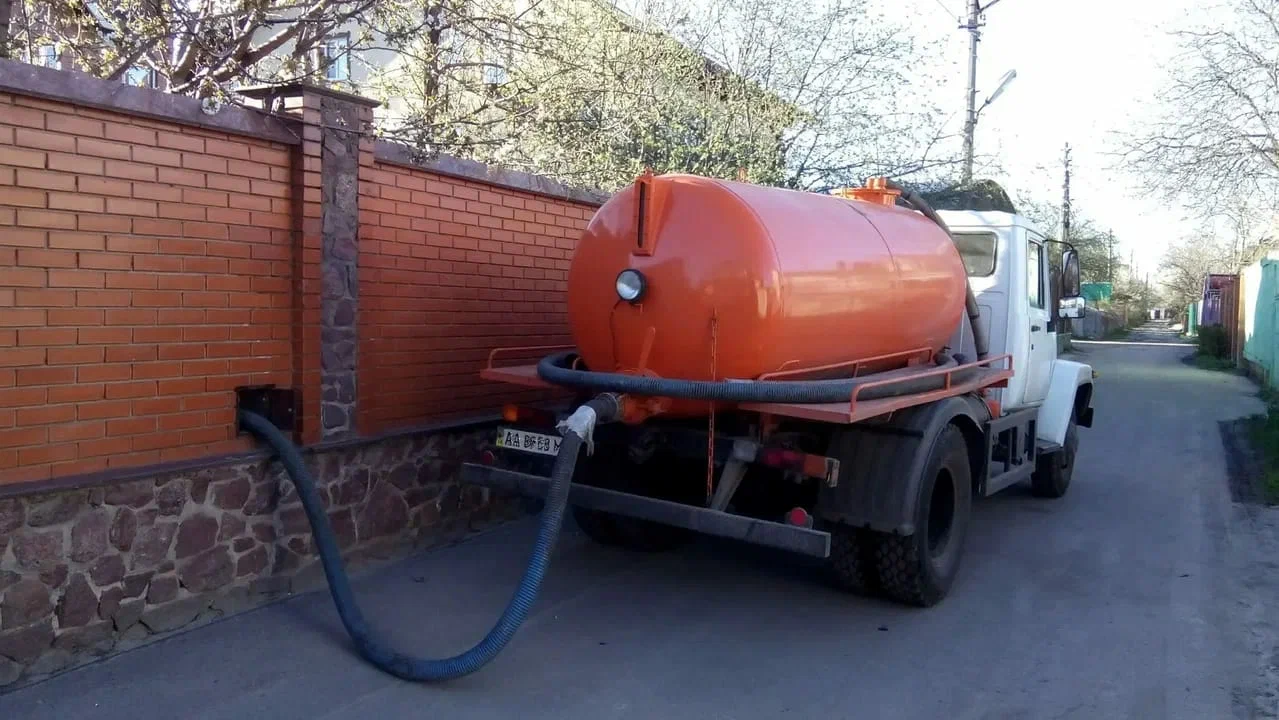Septic tanks are an essential part of waste management for homes that aren’t connected to a city sewer system. Regular maintenance, including septic tank pumping, is crucial to keeping the system functioning smoothly and avoiding costly repairs. But how much does it actually cost to pump a septic tank in the US? This article will break down the average cost, the factors that influence it, and offer some practical tips to keep those costs down.
Why Septic Tank Pumping is Necessary
A septic tank is responsible for separating solid waste from wastewater, allowing liquids to flow into a drain field and solids to settle and decompose. Over time, these solids accumulate and need to be pumped out to prevent overflow and system failure. Failing to maintain a septic tank can lead to clogged drains, sewage backups, and even contamination of local water sources.
How Often Should You Pump Your Septic Tank?
Septic tanks typically need to be pumped every 3 to 5 years, but this can vary based on factors like the size of the tank and household usage. Homes with more occupants or heavier water use may require more frequent pumping.
Average Cost of Septic Tank Pumping
The cost to pump a septic tank in the U.S. can vary widely depending on several factors. On average, homeowners can expect to pay between $250 and $600 for a typical pumping service. However, the actual price you pay can be influenced by the size of your tank, where you live, and any additional services that might be required. Below, we break down the cost in more detail:
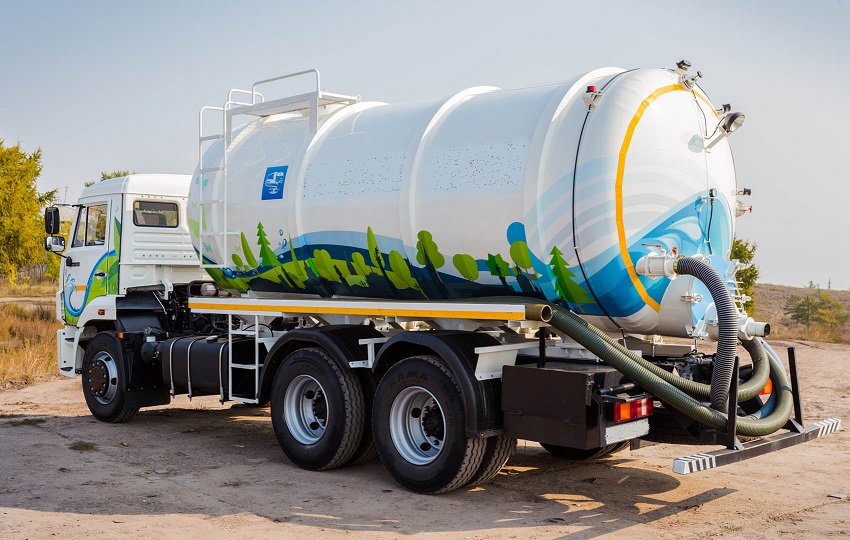
1. Low-End Costs: $150 to $250
- Small Tank Size: Homes with small septic tanks (around 500 to 1,000 gallons) will often fall on the lower end of the cost spectrum. This size is common for smaller homes or properties with minimal wastewater output.
- Rural Areas: In more rural areas where labor and disposal fees tend to be lower, you might find pumping services closer to $150. The cost of living and demand for services is typically lower, and contractors may not have to travel as far.
- Simple Access: Tanks that are easy to access, such as those located just beneath the surface or in clear, open areas, require less effort, reducing the labor cost.
2. Mid-Range Costs: $300 to $500
- Average Tank Size: For a more standard home with a 1,000- to 1,500-gallon septic tank, costs usually fall into this mid-range. This is the most common tank size found in U.S. homes, and the price reflects the average amount of waste that needs to be pumped.
- Moderate Accessibility: Tanks that are buried at standard depths or located in easily accessible areas but may require minimal digging or removal of covers can increase labor costs slightly.
- Inspection and Minor Cleaning: Some contractors may include additional services such as inspecting the baffles (barriers in the tank that control flow) or cleaning the tank inlet. This can raise the cost a bit but helps maintain the overall system health.
3. High-End Costs: $500 to $800+
- Large Tanks: Homes with larger septic tanks, such as those holding 2,500 to 3,000 gallons or more, will naturally require more time and resources to pump. These systems are more common in larger households or multi-family homes.
- Urban Areas: In high-cost urban areas, where labor and disposal fees are higher, you can expect to pay more for septic services. Cities with higher population densities also have stricter regulations and higher waste disposal costs, which can push prices up.
- Complex Access Issues: If your septic tank is buried deep underground or located in a difficult-to-reach area, such as beneath a driveway or heavily landscaped area, the contractor may need to bring in additional equipment. Excavation or the removal of obstacles like heavy concrete covers can significantly increase labor and equipment costs.
- Permit or Inspection Fees: In some states or municipalities, you may need to obtain a permit before pumping or have the tank inspected, adding $50 to $200 to the total bill. Certain areas, particularly environmentally sensitive regions, have more stringent regulations surrounding septic system maintenance.
Costs for Septic Tank Pumping in Different States
Septic tank pumping costs can vary significantly depending on where you live in the United States. Factors like local labor rates, disposal fees, state regulations, and the cost of living in a given area can all influence the price. Generally, rural areas tend to have lower costs, while urban areas or states with stricter environmental regulations may see higher prices. Here’s a breakdown of septic tank pumping costs in different regions:
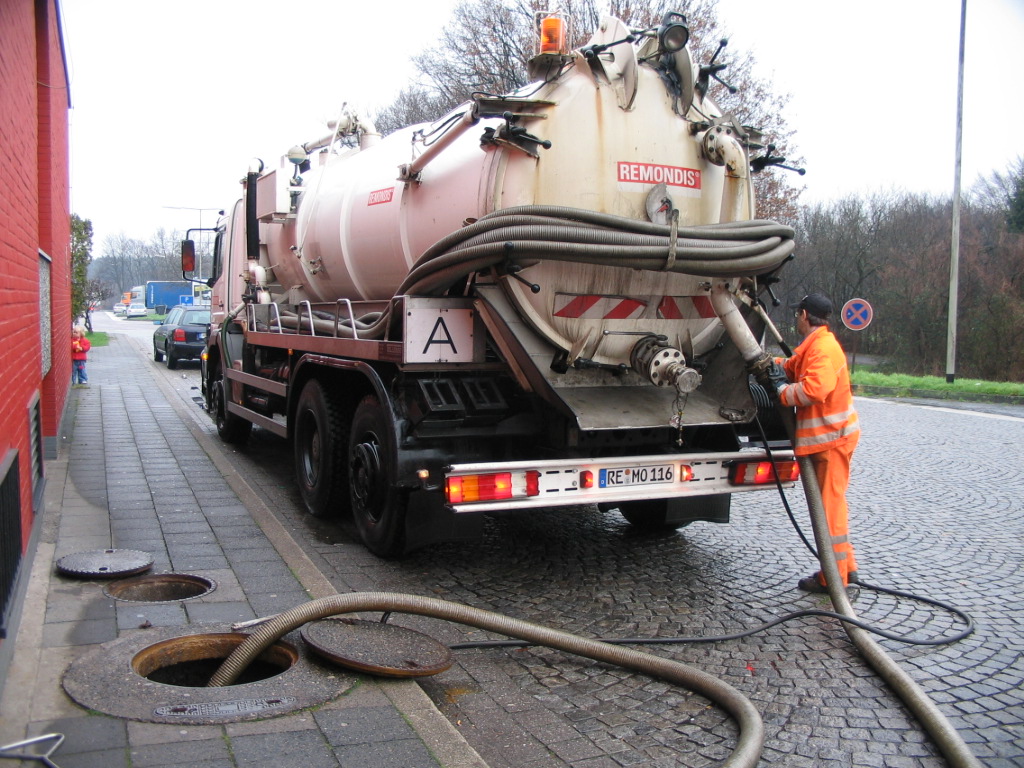
1. Low-Cost States: $200 to $400
In states with lower costs of living or fewer regulatory requirements, you can expect septic tank pumping to be on the lower end of the national average. These areas often have less stringent disposal fees and lower labor costs.
- Texas: The cost typically ranges between $250 and $400, particularly in rural areas. However, in cities like Austin or Dallas, prices can be a bit higher.
- Ohio: Septic tank pumping costs in Ohio range from $200 to $400, with rural areas often seeing the lowest prices.
- Alabama: In Alabama, homeowners can expect to pay between $200 and $350, depending on the tank size and accessibility.
2. Mid-Cost States: $300 to $500
States with moderate costs of living and regulations generally see septic tank pumping costs in this range. These states may have higher labor and disposal costs compared to rural areas but not as strict as some of the more expensive states.
- Florida: Pumping costs in Florida typically fall between $300 and $500, especially in areas like Orlando and Tampa. The sandy soil and high water table can affect accessibility in some regions, raising costs.
- Pennsylvania: Costs in Pennsylvania vary between $300 and $500, with rural areas like central Pennsylvania generally being cheaper than more developed regions like Philadelphia.
- Georgia: The average cost in Georgia is around $300 to $450, with rural areas being less expensive and urban areas like Atlanta on the higher end.
3. High-Cost States: $400 to $800
In states with higher living costs or stricter environmental regulations, septic tank pumping tends to be more expensive. These regions may have more complex rules for waste disposal, which increases the fees contractors have to pay.
- California: Due to high labor costs and stringent environmental regulations, septic tank pumping in California ranges between $400 and $700. In more rural areas, like Northern California, costs may be lower, but urban areas like Los Angeles or San Francisco will see prices at the higher end of the spectrum.
- New York: In New York, septic tank pumping costs range from $450 to $800, with upstate areas being less expensive and the New York City metro area seeing significantly higher costs due to labor rates and waste disposal fees.
- Massachusetts: Costs in Massachusetts fall between $400 and $700, largely due to strict environmental regulations and higher labor costs, especially in cities like Boston.
Table: Septic Tank Pumping Costs by State
| State | Cost Range (USD) | Notes |
|---|---|---|
| Texas | $250 – $400 | Lower in rural areas; higher in major cities like Dallas and Austin. |
| Ohio | $200 – $400 | Rural areas see lower costs. |
| Alabama | $200 – $350 | Relatively low cost due to low labor and disposal fees. |
| Florida | $300 – $500 | Higher costs in areas with accessibility challenges due to soil type. |
| Pennsylvania | $300 – $500 | Rural areas like central PA are more affordable than Philadelphia. |
| Georgia | $300 – $450 | Atlanta sees higher costs compared to rural regions. |
| California | $400 – $700 | Stricter regulations and high labor costs in urban areas. |
| New York | $450 – $800 | NYC metro area costs are significantly higher than upstate regions. |
| Massachusetts | $400 – $700 | Boston and other urban areas face higher costs due to environmental laws. |
Regional Variations in Cost
- Northeast: States in the Northeast, such as New York and Massachusetts, tend to have higher septic pumping costs due to strict environmental regulations and high labor costs. These states often have more regulations surrounding waste disposal, which increases the overall price.
- Midwest: In the Midwest, including states like Ohio and Wisconsin, costs are generally lower. These areas tend to have fewer regulations, lower disposal fees, and a more rural population, which reduces demand and competition.
- South: The Southern states like Texas, Georgia, and Alabama see lower average costs for septic tank pumping due to lower labor rates and less stringent environmental rules. However, in more developed areas, such as Atlanta or Dallas, prices can rise significantly.
- West Coast: The West Coast, particularly California, has some of the highest costs due to a combination of high demand, strict environmental regulations, and high labor costs. Rural areas in California may see slightly lower costs, but urban centers are consistently more expensive.
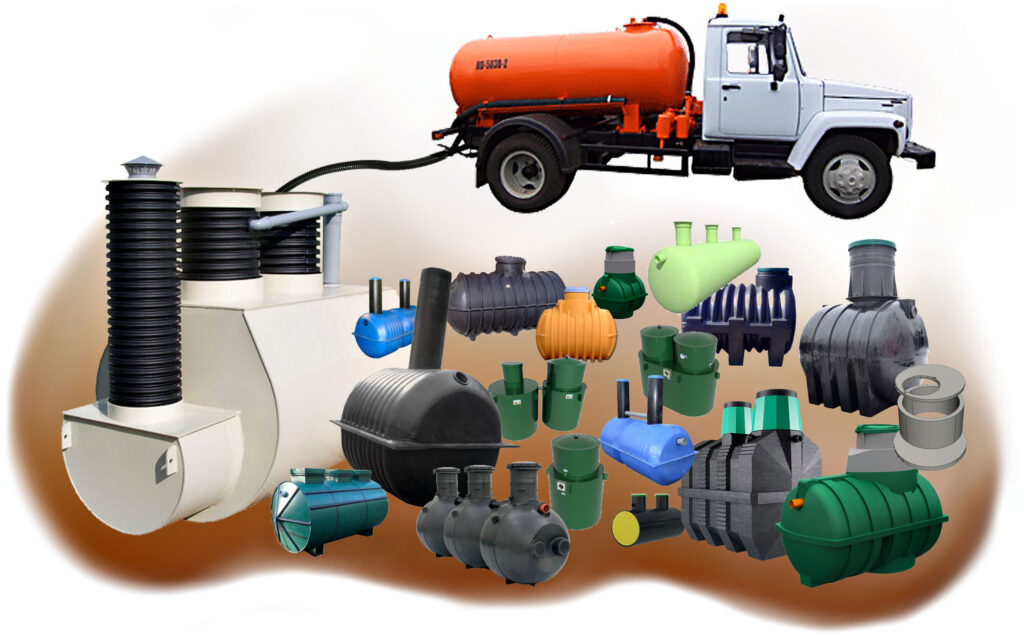
By understanding the factors that contribute to price variations across different states and regions, homeowners can better plan for the cost of septic tank maintenance. Keep in mind that these ranges are average estimates, and actual costs can vary depending on additional factors like accessibility and tank size.
Additional Considerations for Cost
- Emergency Pumping Costs If you need an emergency pumping due to a sewage backup or system failure, costs may be higher due to the urgency of the service. Emergency or same-day services can add an additional $100 to $300 to the overall cost.
- Routine Maintenance and Monitoring Many septic pumping companies offer bundled services that include inspections, filter cleaning, or monitoring system levels over time. While these add-ons can raise the price of an individual service call, they can extend the life of your system and help avoid larger repairs down the road.
- Multiple Tanks If your property has multiple septic tanks, the cost will rise accordingly. Many rural properties, farms, or estates have more than one tank to handle the wastewater load, and each tank will need to be pumped individually.
- Discounts for Regular Service Some contractors offer discounts for customers who schedule regular maintenance or sign up for a service plan. For instance, if you commit to having your tank pumped every 3-5 years, you may be able to negotiate a reduced rate.
Factors That Influence Septic Pumping Costs
1. Size of the Septic Tank
The larger the tank, the more waste it holds, which increases the cost of pumping. For example, a 1,000-gallon tank might cost around $300 to pump, while a 2,500-gallon tank could run closer to $600 or more.
2. Frequency of Use
Households with more people using the system, or homes with frequent guests, will fill up their tanks more quickly, requiring more frequent pumping. More frequent pumping can mean higher cumulative costs over time.
3. Accessibility of the Tank
If your septic tank is difficult to access (e.g., buried deep underground, covered by concrete, or in a location that requires special equipment to reach), the cost will likely increase. Contractors may charge extra for digging or for lifting heavy covers.
4. Geographic Location
Where you live can also play a significant role in determining the price. Septic tank pumping costs can be higher in urban areas where labor costs are steeper, while rural areas with less competition may offer lower prices.
5. Local Regulations and Permit Fees
In some areas, local laws may require you to obtain permits or comply with specific regulations before having your septic tank pumped. These permits can add to the total cost, sometimes by $50 to $200, depending on your location.
6. Additional Services
Routine septic tank pumping may uncover issues such as clogged filters or damaged pipes. If additional repairs or services are required, these will add to the cost. Inspections and minor repairs can add another $100 to $300 to the bill.
Cost-Saving Tips for Septic Tank Maintenance
While pumping a septic tank is an unavoidable expense, there are ways to reduce the frequency and overall cost of maintaining your system.
Regular Inspections
It’s a good idea to have your septic system inspected every 1 to 2 years, even if pumping isn’t required. Identifying problems early can prevent expensive repairs down the line.
Efficient Water Usage
By conserving water, you can extend the time between pumping. Install water-saving devices such as low-flow toilets and showerheads, and fix leaks promptly. The less water your household uses, the longer your septic system can go without needing service.
Proper Waste Disposal
Avoid flushing items like wipes, paper towels, and feminine hygiene products down the toilet, as these materials don’t break down easily and can cause the tank to fill more quickly. Grease, oils, and harsh chemicals can also disrupt the tank’s balance and lead to issues.
DIY Maintenance for Small Issues
While septic tank pumping should always be done by professionals, small tasks like cleaning the tank’s inlet filter (if applicable) can be done on your own. Always check with your local septic provider for advice before attempting any DIY fixes.
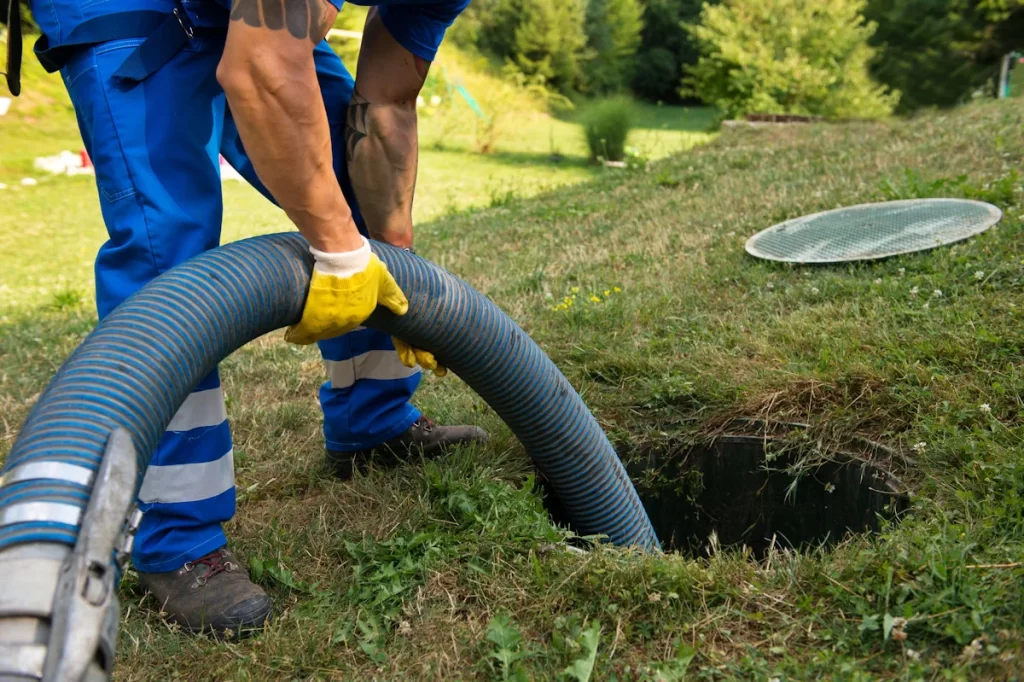
What to Expect During a Septic Tank Pumping Appointment
If you’ve never had your septic tank pumped before, the process is fairly straightforward. Here’s what typically happens:
- Initial Inspection: The contractor will locate the tank and inspect it for any visible issues or leaks.
- Pumping: A truck will pump out the waste using a hose and large vacuum.
- Cleaning: The inside of the tank may be hosed down to remove any remaining sludge or buildup.
- Final Check: Once the tank is empty, the contractor will ensure everything is in good condition and provide any recommendations for future maintenance.
Regular septic tank pumping is a necessary part of home maintenance, especially for households not connected to a city sewer system. The cost to pump a septic tank in the US typically ranges from $250 to $600, but this can vary based on tank size, location, and the difficulty of the job. By following good maintenance practices like reducing water use and disposing of waste properly, you can extend the time between pumpings and keep costs down.
FAQs
How often should I pump my septic tank?
Most tanks need to be pumped every 3-5 years, but this varies based on tank size and household usage.
What happens if I don’t pump my septic tank?
Neglecting to pump your tank can result in clogs, backups, and even damage to your drain field, leading to costly repairs.
Can I pump my septic tank myself?
No, septic tank pumping should always be done by professionals with the right equipment and expertise.
How can I find a trustworthy septic pumping service?
Look for licensed and insured contractors, ask for recommendations, and check online reviews before hiring anyone to pump your septic tank.
